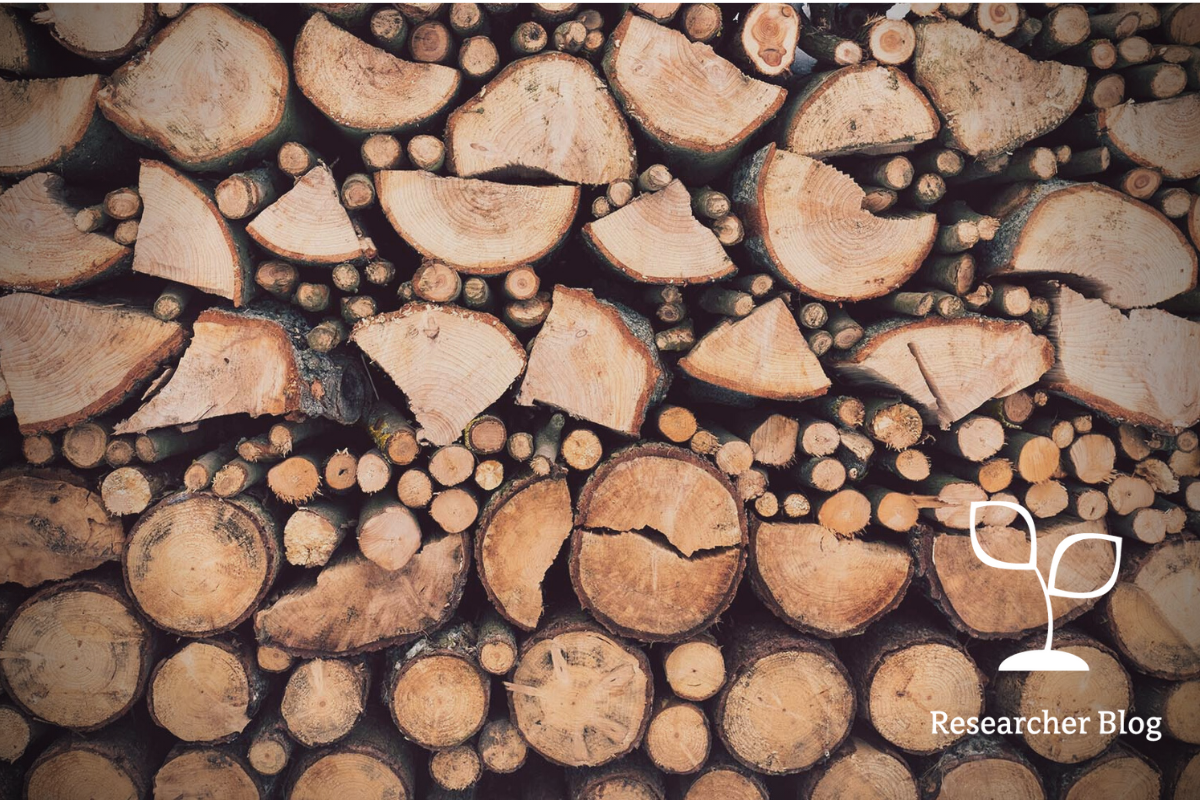Bioeconomy or bio-based economy can play a major role in replacing fossil fuels. New integrated biorefinery ideas can increase the value of biomass economically, socially, and environmentally.
Writer: Niloufar Ghavami
Fossil fuel depletion, the increasing population of the world, and climate change due to greenhouse gas emissions are the real challenges of our time. According to the energy perspective report [1], global demand for energy will increase by ~20 percent by 2040 compared to 2017. Renewable energies including wind, solar, and biomass have emerged as solutions for these challenges.
Bioeconomy or bio-based economy as an alternative for a fossil-based economy plays a major role here. Biorefineries are the focal point for the change towards bioeconomy and subsequently the circular economy and sustainable development. Biorefineries are refineries that instead of crude oil use biomass derived from renewable resources like plants and animals as the basic building blocks for new materials, chemicals, and energy. This results in the reduction of CO2 and greenhouse gases, and therefore, helps manage climate change. More importantly, biorefineries help control the fuel crisis and decrease dependency on fossil fuels [2]. In addition, moving towards a bio-based economy also develops and extends farms for biomass cultivation in rural areas creating job opportunities in both rural and urban areas [3].
What is biomass?
Biomass is formed by biologically converting carbon dioxide (CO2) from the air using water, soil, and sunlight. Therefore, its use would contribute to the carbon neutrality of the energy sector, which is an increasingly plausible alternative to fossil fuels.
By 2050, the European Union intends to be climate-neutral and emit net-zero greenhouse gas. Finland is among the leading countries using solid biomass and bio-waste for energy production, and its fossil fuel usage is decreasing year by year. The most common sources of biomass in Finland are wood processing wastes. In the EU countries, renewable energy consumption has increased more than 10% annually, which is approximately a quarter of the world’s renewable energy consumption. Most EU countries are setting goals to enhance renewable energy production and consumption.
Biomass conversion technologies
Several technologies are used to convert biomass into biofuels and valuable products, including thermochemical, biochemical, and physical methods. Thermochemical conversion methods such as combustion, gasification, pyrolysis, and hydrothermal liquefaction are the most progressive technologies for biomass conversion, which have higher yields [4], [5].
The present research activity strives to optimize biofuel production by focusing on particular solutions. This is done with the focus on wet streams and the thermochemical technologies of Supercritical Water Gasification (SCWG), Hydrothermal Liquefaction (HTL), Hydrothermal Carbonization (HTC), and synthetic gas production from biomass. Typically, biomass feedstock contains a considerable amount of moisture (more than 30%), and conversion of biomass through mentioned hydrothermal processes eliminates costly drying pretreatment.
The aim of this research is to study the ‘Novel biorefinery ideas’ to find more effective ways to produce power in a sustainable way. Wet biomass is central to this scope. Integrating thermochemical biomass conversion technologies including SCWG, HTL, and HTC of biomass feedstock can improve the profitability of second-generation biofuels production.
Integrating diverse processes for biomass conversion
There are several investigations on SCWG, HTL, and HTC processes and their integration for biomass treatment. However, plugging, corrosion, and suitable reactor configuration for each process and feasibility and techno-economic assessment for the biorefinery concept are still major issues in the industrialization of these processes. Therefore, there is a need for further investigation to analyze the process conditions, address plugging and corrosion, and model transport phenomena in the proposed conditions. Furthermore, because of the complex composition of biomass and its behavior during hydrothermal treatments, there is a need for understanding the chemistry and kinetic behavior of biomass feedstock (the material from algae, plants, and animals used to produce biofuels). Several factors affect the efficiency of these processes. Meanwhile, studying each factor and the integration of the SCWG, HTL, and HTC with different scenarios to find the optimized condition is costly. Therefore, simulation with a powerful tool, such as Aspen, will reduce the cost and provide reliable results to prepare a framework for their industrialization.
Research on the integration of SCWG, HTL, and HTC with the technologies described previously, will provide valuable information and estimate the feasibility of the biorefinery concept. A multi-purpose biorefinery concept is a suitable concept to integrate diverse processes for converting biomass to biofuels. This concept is receiving large interest since an integrated biorefinery has many techno-economic advantages such as cost benefits and reduction of the power used. This approach enables the government and companies to produce different industrial products, generates new profitable markets and new revenues and job opportunities.
Expected results
As I mentioned before, by 2050, the European Union intends to be climate-neutral and emit net-zero greenhouse gas. This project strives to have a small share in this regard. The concept of the biorefinery is ‘the sustainable processing of biomass into a spectrum of biobased products and bioenergy sources’ according to the International Energy Agency. The expected result of this research is integrated biorefinery ideas that can increase the value of biomass in different aspects such as economic, social, and environmental perspectives.
An integrated biorefinery complex is characterized by the sharing of raw materials, by-products, utilities, and infrastructure resulting in significant economic advantages in Finland. These include reduced operating and utility costs and also additional revenues for the Ostrobothnia region. Finally, conducting research and fully understanding the biorefinery concept and figuring out the constraints leads to the development of the bioeconomy and consequently accelerates progress towards SDGs and a low-carbon economy.
In Researcher Blogs KAUTE’s grant recipients tell about their research and viewpoints in their own words.
Niloufar Ghavami is chemical engineer with interest in alternative energies and green fuels. She works as PhD researcher in Energy Technology at Åbo Akademi University. Check her LinkedIn page!
